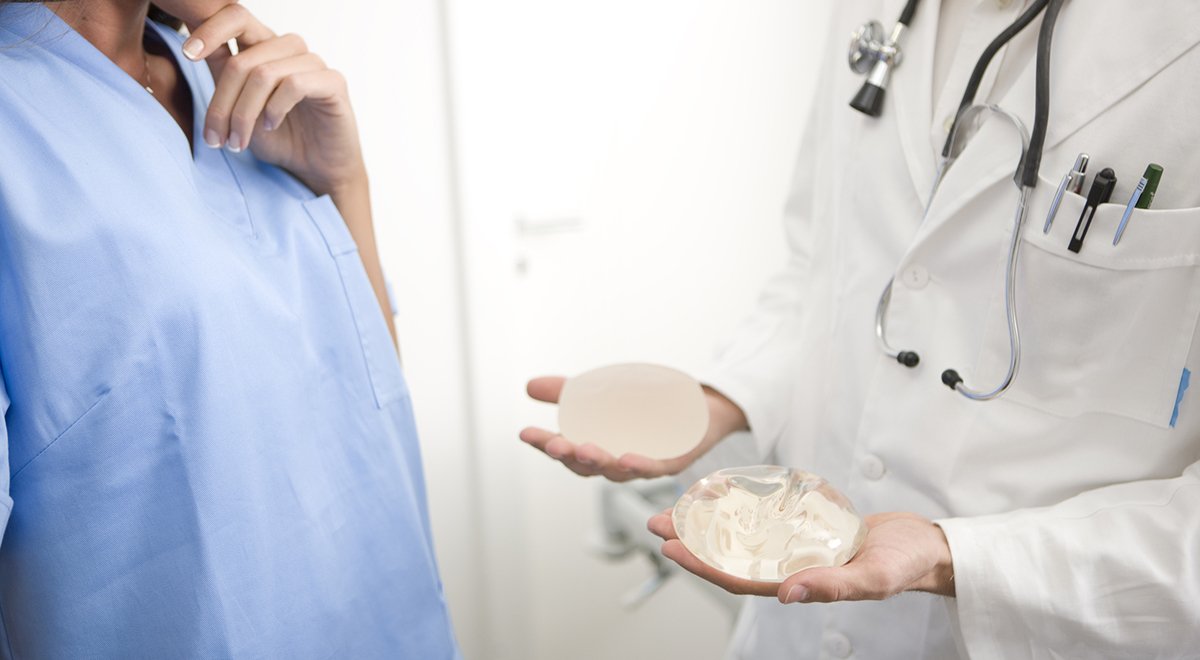After more than 40 years of controversies that caused more than half a million women to suffer the horrific complications of a leaking silicone breast implant, the infamous devices are back. And they’re just as dangerous as they used to be.
Back in the 1970s and 1980s, Dow Corning Corp., the largest silicone breast implant manufacturer in the United States, aggressively marketed its products to women across the country. The company kept claiming the devices were safe even though they knew (and concealed) the truth about their toxicity. It took more than 30 years and over 450,000 injuries before the truth emerged when a massive litigation involving thousands of individual lawsuits brought the company to its knees, eventually resulting in the company declaring bankruptcy.
Although silicone breasts were comfortably softer than the saline solution counterparts, shortly after they were implanted, many of them ruptured or started leaking toxic substances into the surrounding tissues. Constant inflammation, pain and swelling were the less harmful consequences of this adverse reaction, although they still had a grave impact on many women’s quality of life. The most unfortunate ones, however, had to face much more serious side effects, including chronic autoimmune disorders, chemical imbalances and even rheumatoid arthritis.
Eventually, in 1992, the U.S. Food and Drug Administration (FDA) decided to ban their use. A panel of experts who evaluated the safety of silicone gel-filled breast implants concluded that no manufacturer ever submitted enough data to support approval in the first place. Silicone breast devices had to be considered as “investigational devices” which required “adjunct clinical studies.” Shortly after that, manufacturers switched to saline solution implants, and the whole controversy was quickly forgotten.
Fourteen years later, in 2006, the FDA reviewed Allergan’s and Mentor’s request to approve their allegedly “new” Memory Gel silicone breast implants once again. The regulatory agency lifted the ban and allowed the two manufacturers to distribute the devices for breast reconstruction and cosmetic breast augmentation on one condition – that they had to confirm their safety by conducting a total of six clinical trials. Another eleven years have passed, and no one among these companies ever submitted any study result.
Why? The companies were under a strict obligation when they obtained approval, and women’s health is still put in jeopardy if an unsafe device keeps being distributed on the market. Recent studies found that breast implants with textured surfaces expose women to a new serious threat: a rare form of leukemia (blood cancer) known as anaplastic large cell lymphoma (ALCL). In 2011 the FDA itself acknowledged this risk after receiving a total of 359 adverse reaction reports that included 9 death cases.
Despite the risks and the absence of any additional study to prove these devices’ safety, the regulatory agency never issued a recall. Thousands of women then started to file a new wave of silicone breast implant lawsuits against Allergan and Johnson & Johnson, Mentor’s parent company, quickly flooding state and federal courts across the country.
However, the company never submitted those studies and a new wave of litigations began to flood federal and state courts all over the country. Victims such as Rexina Mize and her spouse sued the manufacturers claiming they never warned the public about the many dangers associated with their product. 22 years after a jury found Dow Corning liable for the grievous consequences of an unsafe implant, many women still keep suffering from the damage. Who is responsible for this? The pharmaceutical companies who only care about their profits, or a regulatory agency that allows them to release dangerous devices on the market?

